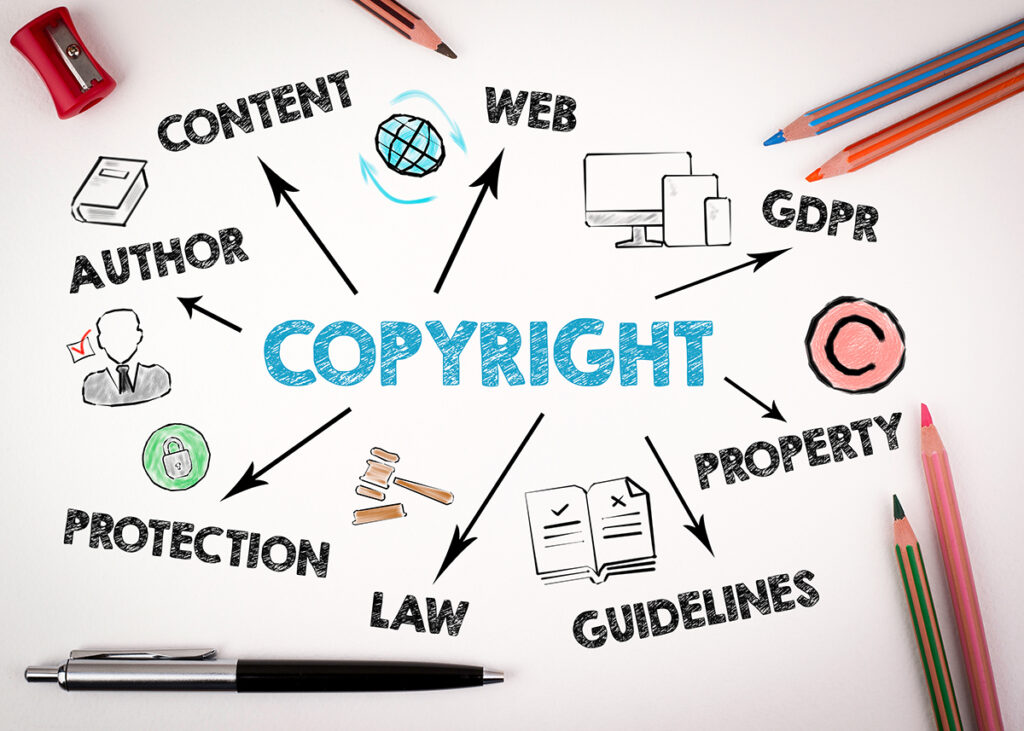Introduction
The internet has become a treasure trove of information and creativity in the digital age. However, it has also brought about new challenges, including the rampant issue of copyright infringement. For website owners and bloggers, it’s essential to understand the importance of copyright protection and how to prevent unintentional infringement. In this blog post, we’ll explore copyright infringement prevention strategies to help you stay on the right side of the law and protect your intellectual property.
Understanding Copyright
Before diving into prevention strategies, it’s crucial to grasp the basics of copyright. Copyright is a form of legal protection granted to creators of original works, such as text, images, music, and videos, giving them exclusive rights to reproduce, distribute, and display their work. This protection is automatic upon creation and doesn’t require formal registration.
- Use Original Content
Creating and using original content is the simplest way to prevent copyright infringement. This applies to text, images, videos, and other media on your website or blog. When you make your content, you retain complete control, eliminating the risk of using someone else’s work without permission.
- License and Permissions
If you wish to use content created by others, ensure you have the necessary licenses or permissions. Creative Commons licenses, for example, allow creators to share their work with specific usage conditions. Always respect the terms of these licenses and provide proper attribution when required.
- Public Domain and Fair Use
Understand the concepts of “public domain” and “fair use.” Public domain works are not protected by copyright and can be freely used. Fair use allows limited use of copyrighted material without permission for purposes like criticism, commentary, news reporting, and education. However, it’s essential to understand the legal nuances of fair use and apply it correctly.
- Attribute Properly
Ensure you provide accurate attribution when you use someone else’s work with permission or under a Creative Commons license. This respects the creator’s rights and builds goodwill within the creative community.
- Link to the Source
If you’re referencing or discussing copyrighted material, linking to the source is a good practice. This gives credit and directs your audience to the original content, promoting transparency.
- Utilize Public Domain Resources
Some numerous websites and resources offer public domain content, which can be used without restrictions. These can be a valuable source of images, text, and other media for your blog or website.
- Implement a DMCA Policy
A Digital Millennium Copyright Act (DMCA) policy is a legal framework that helps protect website owners from copyright infringement claims. By having a clear DMCA policy and a designated agent to handle infringement claims, you demonstrate your commitment to addressing copyright issues.
- Regularly Monitor and Police Your Content
Continuously monitor your website or blog for any potential copyright infringements. Search for instances where your content might have been copied without permission. Various online tools are available to help you track and detect unauthorized use of your work.
Conclusion
Copyright infringement prevention is essential for website owners and bloggers to protect their intellectual property and respect the rights of others. By understanding copyright laws, using original content, obtaining permissions when necessary, and implementing best practices, you can create a digital space that respects creative works while safeguarding your own. Ultimately, a responsible and ethical approach to content creation and usage benefits both creators and consumers in the digital world.

